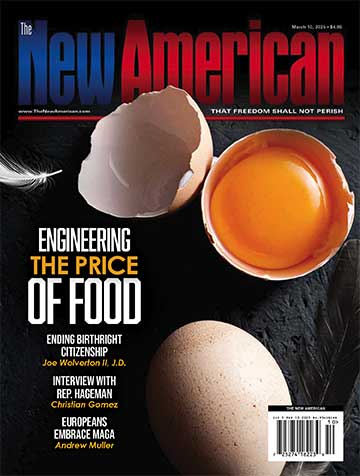
Unemployment numbers ticked upward during July at a much slower pace than past months, leading many establishment forecasters to conclude that an economic recovery had already begun. The official unemployment rate actually shrunk from 9.5 percent to 9.4 percent, even though the U.S. economy lost an additional 247,000 jobs in July.
According to the Labor Department’s Bureau of Labor Statistics, U.S. “nonfarm payroll employment continued to decline in July (-247,000), and the unemployment rate was little changed at 9.4 percent…. The average monthly job loss for May through July (-331,000) was about half the average decline for November through April (-645,000).”
How can the job market shed nearly a quarter million jobs and the jobless rate still be lower?
The answer can be found in the fact that more and more Americans are leaving the job market entirely. The BLS explained: “The civilian labor force participation rate declined by 0.2 percentage point in July to 65.5 percent.” American families are increasingly deciding to go back to school or trying to make do on a single income, according to statistics.
Despite the slower increase in unemployment numbers, most free-market economists believe that the current “recovery” is another temporary bubble brought on by the various “stimulus” spending bills. The current recovery bubble will pop again when the false prosperity of government “stimulus” spending ends, according to analysis by Austrian School economists.
"All we’re doing now is postponing it, and making it worse,” economist Peter Schiff told Reason magazine’s television show. “So there is no recovery anywhere in sight.” Schiff expects “a substantial downshift in the American standard of living” over the next few years, and he’s in a position to know. Schiff, who is considering a campaign for U.S. Senate from Connecticut, accurately predicted the current economic slump.




